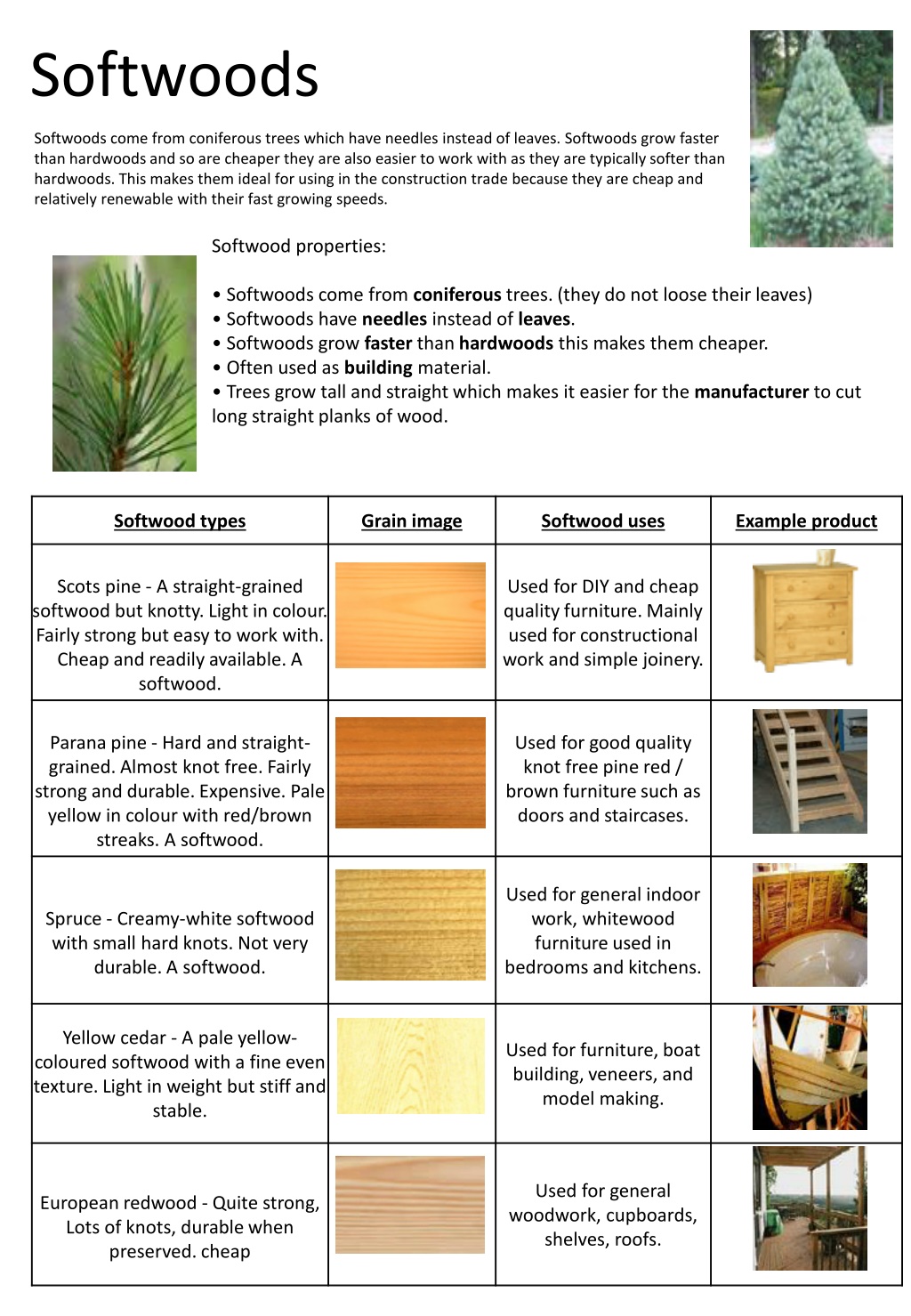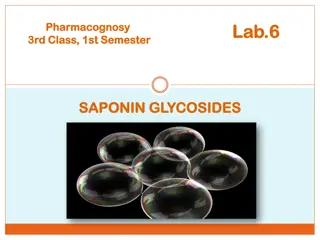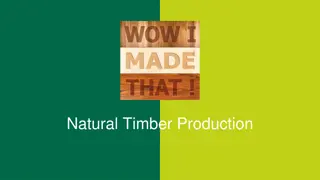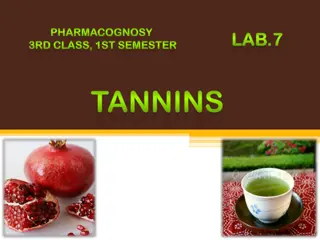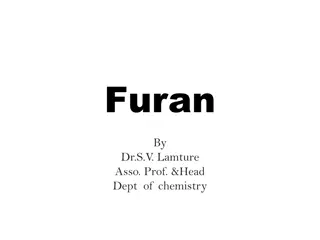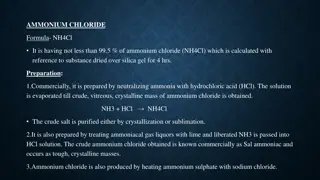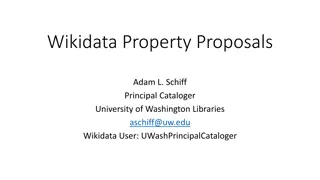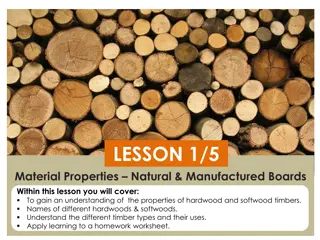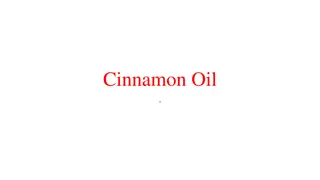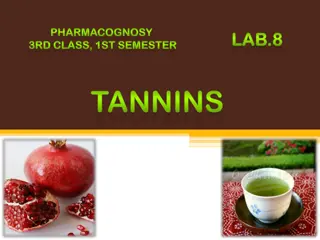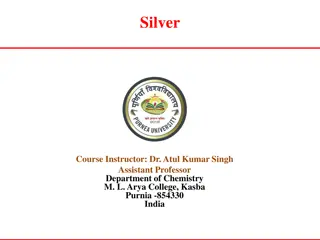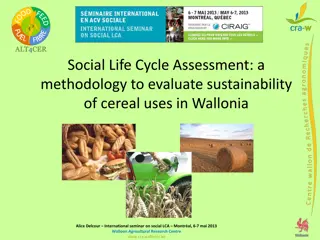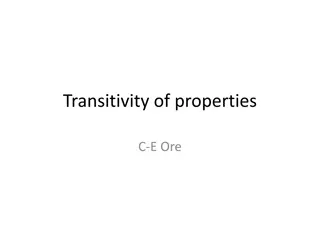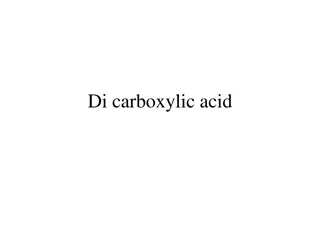Understanding Softwoods: Properties, Types, and Uses
Softwoods are derived from coniferous trees, characterized by their needle-like leaves and fast growth rates compared to hardwoods. This article delves into the properties, types, and applications of softwoods in construction and carpentry. Examples like Scots pine, Parana pine, spruce, yellow cedar, and European redwood are explored, highlighting their unique characteristics and ideal uses.
Uploaded on Sep 09, 2024 | 0 Views
Download Presentation

Please find below an Image/Link to download the presentation.
The content on the website is provided AS IS for your information and personal use only. It may not be sold, licensed, or shared on other websites without obtaining consent from the author. Download presentation by click this link. If you encounter any issues during the download, it is possible that the publisher has removed the file from their server.
E N D
Presentation Transcript
Softwoods Softwoods come from coniferous trees which have needles instead of leaves. Softwoods grow faster than hardwoods and so are cheaper they are also easier to work with as they are typically softer than hardwoods. This makes them ideal for using in the construction trade because they are cheap and relatively renewable with their fast growing speeds. Softwood properties: Softwoods come from coniferous trees. (they do not loose their leaves) Softwoods have needles instead of leaves. Softwoods grow faster than hardwoods this makes them cheaper. Often used as building material. Trees grow tall and straight which makes it easier for the manufacturer to cut long straight planks of wood. Softwood types Grain image Softwood uses Example product Scots pine - A straight-grained softwood but knotty. Light in colour. Fairly strong but easy to work with. Cheap and readily available. A softwood. Used for DIY and cheap quality furniture. Mainly used for constructional work and simple joinery. Parana pine - Hard and straight- grained. Almost knot free. Fairly strong and durable. Expensive. Pale yellow in colour with red/brown streaks. A softwood. Used for good quality knot free pine red / brown furniture such as doors and staircases. Used for general indoor work, whitewood furniture used in bedrooms and kitchens. Spruce - Creamy-white softwood with small hard knots. Not very durable. A softwood. Yellow cedar - A pale yellow- coloured softwood with a fine even texture. Light in weight but stiff and stable. Used for furniture, boat building, veneers, and model making. Used for general woodwork, cupboards, shelves, roofs. European redwood - Quite strong, Lots of knots, durable when preserved. cheap
Hardwoods Hardwoods come from deciduous or broad-leafed trees. They are generally slow growing which tends to make them harder and more expensive. Please note though that not all hardwoods are hard, Balsa which is very soft and is often used for model planes is in fact a balsa wood! Hardwood properties: Hardwoods come from deciduous or broad-leafed trees. Hardwoods are special as they are deciduous this means they lose their leaves in the autumn/winter months. You can distinguish hardwoods by the structure of the wood grain. Hardwoods grow slower than softwoods so they are more expensive. Hardwood types Grain image Harwood uses Example product Beech - A straight-grained hardwood with a fine texture. Light in colour. Very hard so is ideal to be used where it is being bashed around and used often. Beech is also very easy to work with. Used for furniture, toys, tool handles. Can be steam bent. Oak - A very strong wood which is light in colour. Open grain. Hard to work with. When treated it looks very classy and elegant. A hardwood. Used for high class furniture, boats, beams used in buildings, veneers. Mahogany - An easy to work wood which is reddish brown in colour. This wood is very expensive. A hardwood. Used for expensive indoor furniture, shop fittings, bars, veneers. Teak - A very durable oily wood which is golden brown in colour. Highly resistant to moisture and outdoor weather. A hardwood. Used for outdoor furniture, boat building, laboratory furniture and equipment. Balsa - is a pale white to grey. It has a distinct velvety feel. It has exceptional strength to weight properties. It is the lightest and softest wood on the market. A hardwood. Used for light work such as model making and model airplane construction.
Softwood Research 1. Define a softwood? 2. Sketch an example of what soft wood tree might look like 3. What are the typical softwood properties? 4. What is special about these types of trees? 5. Name 2 types of softwood Describe them What are they used for All the answers you will need are on the pages given to you around the room Literacy Focus: Ensure all of your answers are in written in full sentences demonstrating the correct use of Spelling, Punctuation and Grammar (SPaG)
Sentence starters: A softwood/hardwood is ____ A typical softwood property is ___ Softwoods are unique in that they ______ Hardwoods are different from softwoods because ____ Hardwoods tend to be more expensive because ____
Hardwood Research 1. Define a Hardwood? 2. Sketch an example of what hardwood tree might look like 3. What is special about hardwoods? (what makes these trees different from softwoods) 4. Why are hardwoods generally more expensive? 5. Name 2 types of Hardwoods Describe them What are they used for All the answers you will need are on the pages given to you around the room Literacy Focus: Ensure all of your answers in written in full sentences demonstrating the correct use of Spelling, Punctuation and Grammar (SPaG)
Sentence starters: A softwood/hardwood is ____ A typical softwood property is ___ Softwoods are unique in that they ______ Hardwoods are different from softwoods because ____ Hardwoods tend to be more expensive because ____
Manufactured Boards Manufactured boards are timber sheets which are produced by gluing wood layers or wood fibres together. Often are made use of waste materials. For example, saw dust is used to make MDF and hardboard. The saw dust is held together with a glue. Are often used as cheaper alternative to real woods. Doesn't look as expensive as real woods. Are often covered with a thin layer of real wood to improve their appearance (Veneered). Blockboard Similar to plywood but the central layer is made from strips of timber. Used where heavier structures are needed. MDF Smooth, even surface. Easily machined and painted or stained. Also available in water and fire resistant forms. Chipboard Made from chips of wood glued together. Usually veneered or covered in plastic laminate. Used for kitchen and bedroom furniture usually veneered or covered with a plastic laminated. Shelving and general DIY work. Plywood A very strong board which is constructed of layers of veneer or piles which are glued at 90 degrees to each other. Used for strong structural panelling board used in building construction. Hardboard A very cheap particle board which sometimes has a laminated plastic surface. Used for furniture backs, covering curved structures, door panels
Manufactured Board Research 1. In full sentences write down the manufactured board properties in your own words? 2. What are manufactured boards made from? 3. How are manufactured boards made to look better? 4. What is hardboard used for? 5. What manufactured board is used for kitchens? 6. Why is block board good for shelves? All the answers you will need are on the pages given to you around the room Literacy Focus: Ensure all of your answers in written in full sentences demonstrating the correct use of Spelling, Punctuation and Grammar (SPaG)
Sentence starters: Manufactured board is ____ Manufactured boards are made from ____ Sometimes manufactured board are made to look better by using _____. This is when _________ Hardboards are used for ______ _____ are used to manufacture kitchens. Block boards are often used for shelving because _______
Sustainability Sustainability is being able to produce what we need today without future generations having to go without. Forests that replace felled (cut down) tress with new seedlings so that there will be trees for future generations When non-sustainable sources of wood are used, the following can happen: Disforestation Destroying natural habitat for animals Global warming Forestry is sustainable as long as trees are replaced, either naturally or because of replanting. It has some important consequences: forest habitats are destroyed soil erosion increases, causing barren land, flooding and land slides air pollution is caused when trees are burned after felling FSC Forest Stewardship Council Established in 1993 Promoting the responsible management of the worlds forests Trying to ensure that there are enough resources remaining to support future generations of humans and animals
Sustainability 1. What is sustainability? 2. What is a sustainable forest? 3. Why is it important to use woods from sustainable sources? Give 3 reasons. 4. When is forestry sustainable? 5. How do you know that the timber you are using or buying has come from a sustainable forest? 6. What does this organisation do? All the answers you will need are on the pages given to you around the room Literacy Focus: Ensure all of your answers in written in full sentences demonstrating the correct use of Spelling, Punctuation and Grammar (SPaG)
Sentence starters: Sustainability is __________ A sustainable forest in when ____ It is important to use woods from sustainable sources because ____ When timbre is purchased from ________. This tells the customer that is it sustainable wood. The _______ ensure that _____
